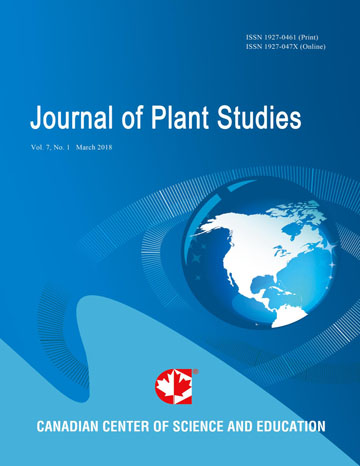Belowground Influence of Rhizobium Inoculant and Water Hyacinth Composts on Yellow Bean Infested by Aphis fabae and Colletotrichum lindemuthianum under Field Conditions
- Victoria Naluyange
- Dennis Ochieno
- Philip Wandahwa
- Martins Odendo
- John Maingi
- Alice Amoding
- Omwoyo Ombori
- Dative Mukaminega
- John Muoma
Abstract
Rhizobium inoculant has been developed for bean production in Lake Victoria basin. Two types of compost have been developed, water hyacinth compost with cattle manure culture (H+CMC) or with effective microbes (H+EM). Influence of Rhizobium and composts on Aphis fabae and Colletotrichum lindemuthianum were investigated in the field. Rhizobium and hyacinth composts increased nodulation (×2 to 5); while Aphis fabae population increased (×2) on Rhizobium-inoculated plants with H+EM. Incidence of C. lindemuthianum was high in Rhizobium-inoculated plants. Plants that received diammonium phosphate (DAP) fertilizer had few nodules, reduced germination, slow growth and low yields. In conclusion, the water hyacinth composts contain beneficial microbes that promote root nodulation by Rhizobium, which is necessary for nitrogen fixation, while enhancing tolerance to aboveground infestations by A. fabae and C. lindemuthianum. We raise questions on our results to stimulate research, considering that bean breeding programs in Africa have mainly focused on microbial pathogens, and not insect pests.
 PDF
PDF
